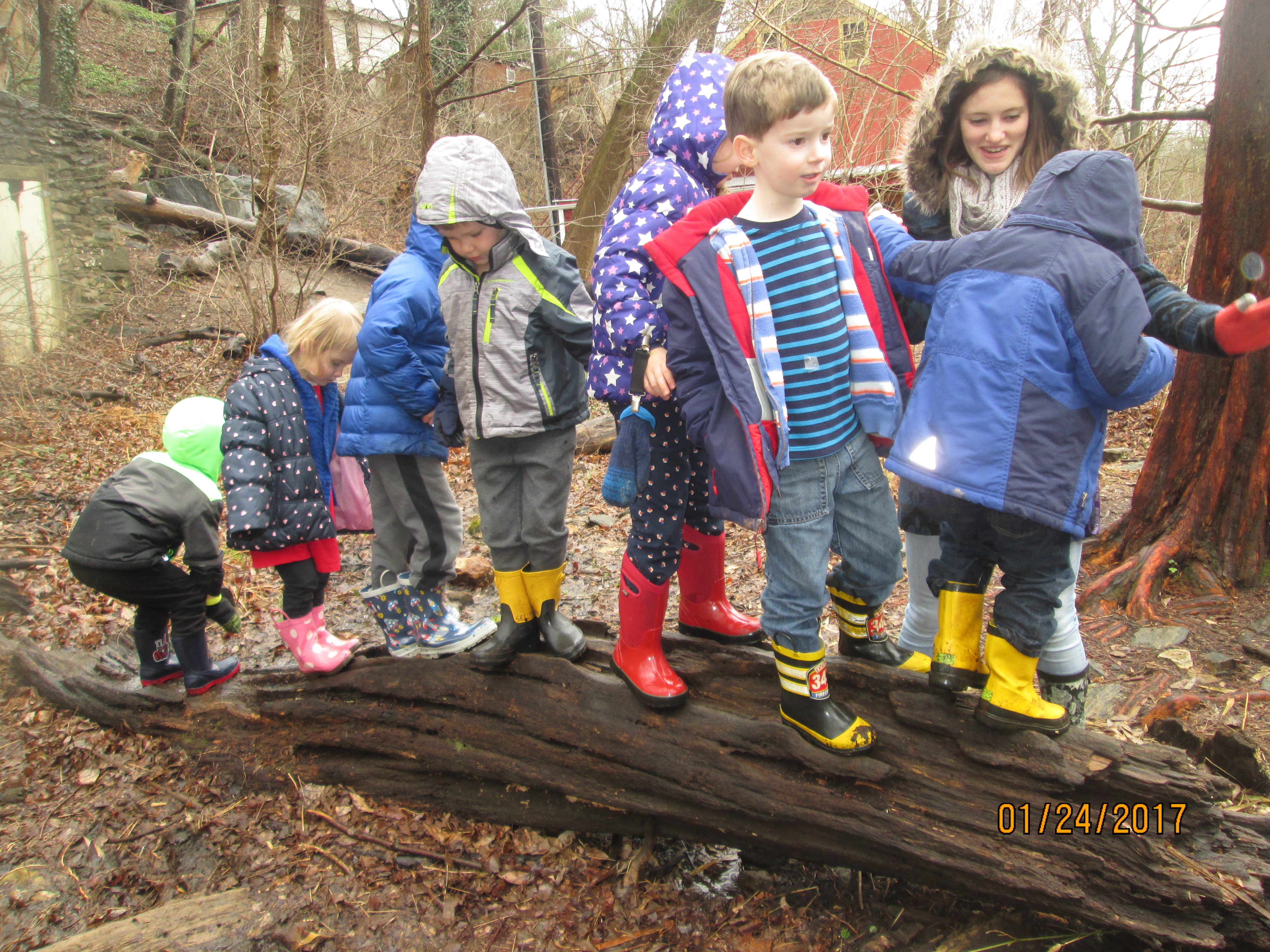“Pretend we were just born”

If you were to peek into the nursery classroom during the past 6 weeks , at first glance you would likely notice students creating at the art table, playing in the little house, engaged in the block area or acting out a play. These are typical scenes in many early childhood classrooms. At a closer look though, you would see and hear stories unfolding, characters evolving and plots twisting. Dramatic or fantasy play is a critical component for students’ growth socially and emotionally. It allows students to make connections to literacy and the ingredients to expand on these stories. This “play” makes space for the learners to own and control the stories and experience strong emotions such as power, security, belonging, and escaping. Vivian Gussin Paley notes in A Child’s work: The Importance of Fantasy Play that, “honoring the process is a complex notion.” She says, “We certainly try to do this when the subject is math or science, but to what extent do we transfer this seriousness or purpose when the subject is fantasy play and social behavior?”
In our nursery classroom, we not only “honor the process” but we also extend this play into a unit of study. We take these emerging interests and broaden their stage, hence an emergent curriculum. These days, a closer look at our students would allow you to see baby snakes in their den while problem solving on how to make the den larger. In addition you would see superheros, knights, ninjas, princesses, cats, squirrels, foxes and families of all types. In this work and play, you would hear over and over, “Pretend that…” Celia and I noticed how involved our students are in this play and how much agency they take in role-play.
As the dens moved outdoors the stage expanded to meet their imaginations. The baby foxes (kits) had to stay in their den for two years! During this time, they had to learn the skills of hunting and survival before they would be released by their parents. This specific scene was acted out many times with roles shifting, script changing and outcomes varying. We read many books to learn more about these animals. Some included The Hat by Jan Brett, Those Darn Squirrels Fly South, by Adam Rubin, I don’t like Snakes by Nicola Davies, Fox by Kate Banks and illustrated by Georg Hallensleben and Rabbit’s Gift by George Shannon. .
Together, we acted out some of these stories, made squirrel dreys during Inquiry, determined that an eagles’ nest is the width of “2 Erins” (10 feet) and that a Python can grow to be the length of 2 eagle nests (23 feet)! We decided it was time to venture out to learn even more and went to Briar Bush Nature Center.
While on the trails behind the nature center we saw a real fox den! The next day, students answered a morning message question, “What was your favorite animal at Briar Bush?” We recorded their responses in survey form on the easel, and we analyzed the differences represented on the graph. In Writer’s workshop, we decided to make an “Experience book” of our trip to Briar Bush. (still in production)









